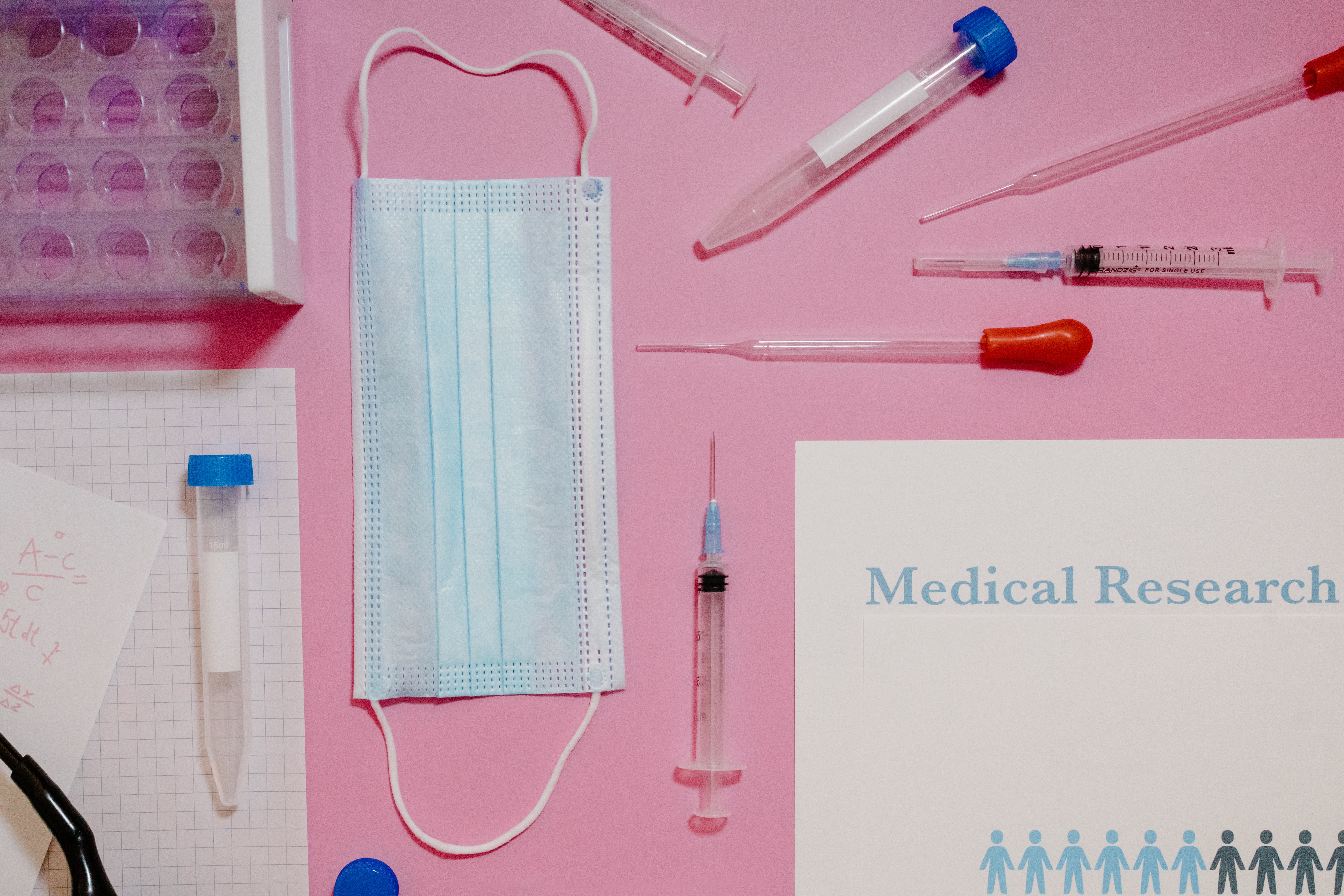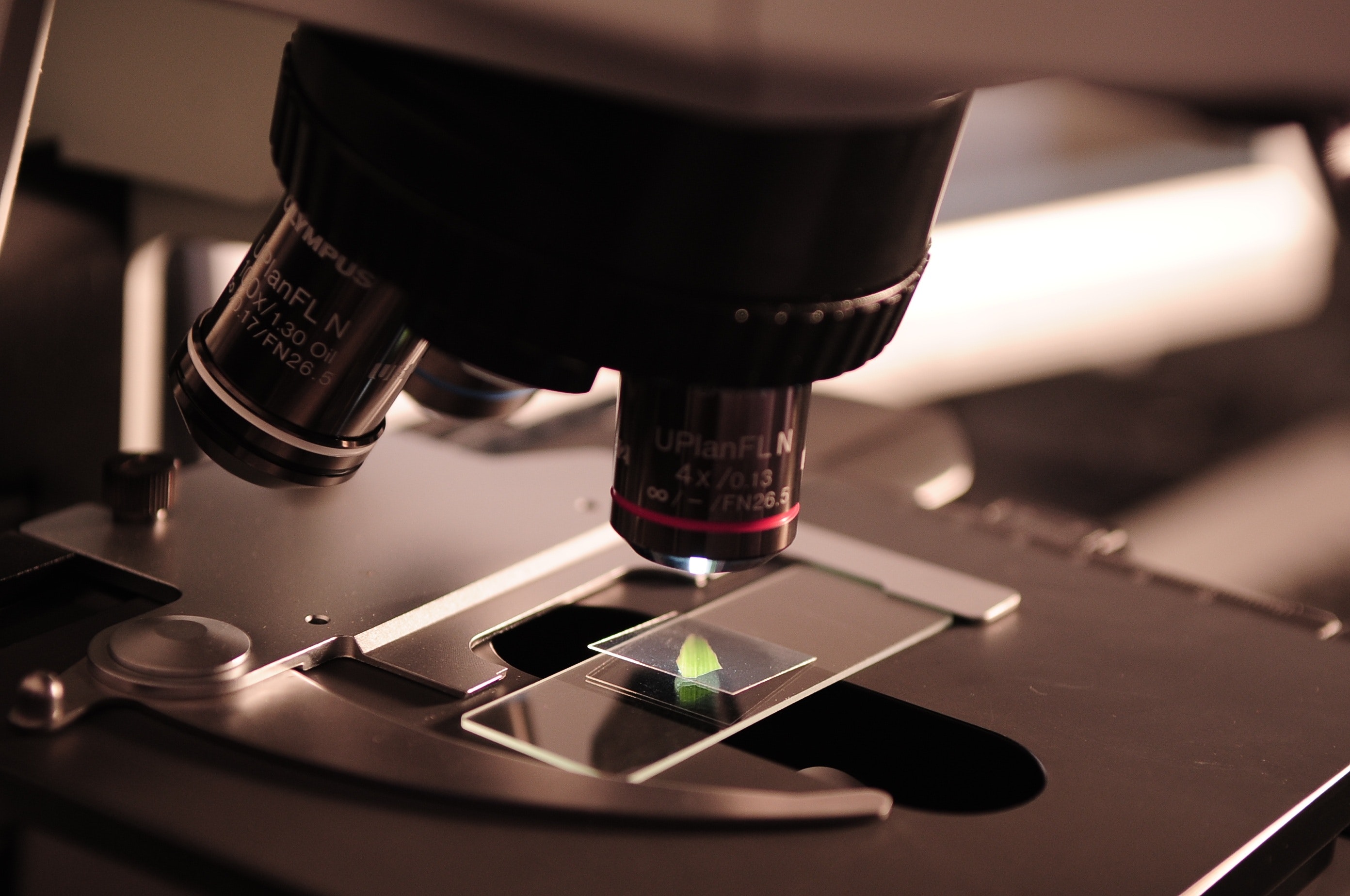Antibiotics are a class of drugs used to treat bacterial infections. The primary purpose of antibiotics is to kill or incapacitate bacteria, thus preventing them from multiplying and causing further infection. Since their discovery in 1928, antibiotics have become an essential tool in the fight against infectious diseases. In this blog post, we will discuss how antibiotics work and their effectiveness in treating bacterial infections.
How Antibiotics Work
Antibiotics work by attacking the structure of bacterial cells, disrupting essential functions such as cell wall synthesis and protein production. This disruption results in the death of the bacteria or its inability to reproduce, thus preventing it from causing further harm. There are several classes of antibiotics that work in different ways; some attack the cell wall, while others block essential enzymes or interfere with protein production. Depending on the type of bacteria being targeted, different classes of antibiotics may be used to effectively treat an infection.
Effectiveness of Antibiotics
The efficacy of antibiotics is based on two factors: their ability to reach the target bacteria and their ability to successfully kill or incapacitate it. If an antibiotic cannot adequately reach its target due to resistance or mutation, then it will be less effective against that particular strain of bacteria. Additionally, if an antibiotic is not potent enough to kill a certain strain then it will not be effective either. As such, it is important for pharmaceutical companies to develop new types of antibiotics that can better address existing and emerging strains of bacteria.
Resistance To Antibiotics
One of the major challenges facing pharmaceutical companies today is antibiotic resistance—the ability of certain strains of bacteria to become resistant to existing types of antibiotics. Bacteria can develop resistance through mutation or horizontal gene transfer (HGT), which allows them to acquire genetic material from other organisms that make them resistant to certain drugs. It is critical for pharmaceutical companies to constantly monitor and address new forms of resistance as they arise so that they can develop new treatments capable of addressing these more resistant strains.
In conclusion, antibiotics are a powerful tool in fighting bacterial infections but they must be used judiciously and responsibly in order for them to remain effective against new and emerging strains of bacteria. Pharmaceutical companies should continuously monitor emerging forms of bacterial resistance so they can create new treatments capable of addressing more resilient strains before they become widespread threats. By staying ahead of the curve with regard to antibiotic resistance, we can ensure that our arsenal against infectious diseases remains effective for years to come.






